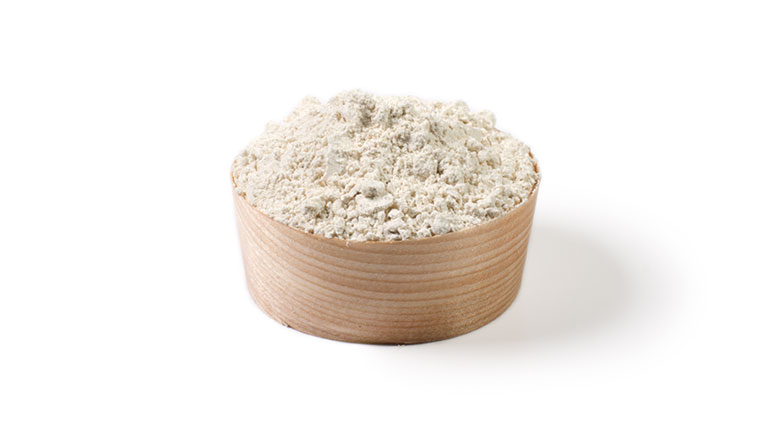
Chestnut Flour
ORIGIN: Italy
Chestnuts are the fruits of Castanea Sativa, a plant belonging to the Fagaceae family that grows in mainly mountainous regions, from 450 to 900 meters. Known in the past as the “bread of the poor”; chestnut is, in fact, rich in complex carbohydrates, represents an excellent alternative to cereals and a significant source of livelihood for many peoples, especially for the inhabitants of mountain regions characterised by particularly hostile climates.
Obtained by a careful process of selection, harvesting, drying and grinding of fruits, chestnut flour represents an important nutritional food thanks to the high percentage of carbohydrates and starches and the moderate content in proteins and fats. Chestnut flour is also a source of mineral salts, including magnesium, sulfur, potassium, iron and calcium and offers good content of vitamins B1, B2, C and PP.
Although to date, only marginally used, this flour is an ingredient still widespread especially in Tuscany and Emilia Romagna where it is possible to taste pancakes or panzarotti of chestnut flour. More often known as sweet flour, this variety is also an essential ingredient for the preparation of numerous gastronomic specialities, such as castagnaccio, sweets and polenta. Finally, as it is gluten-free, chestnut flour is an excellent alternative for people with celiac disease.

